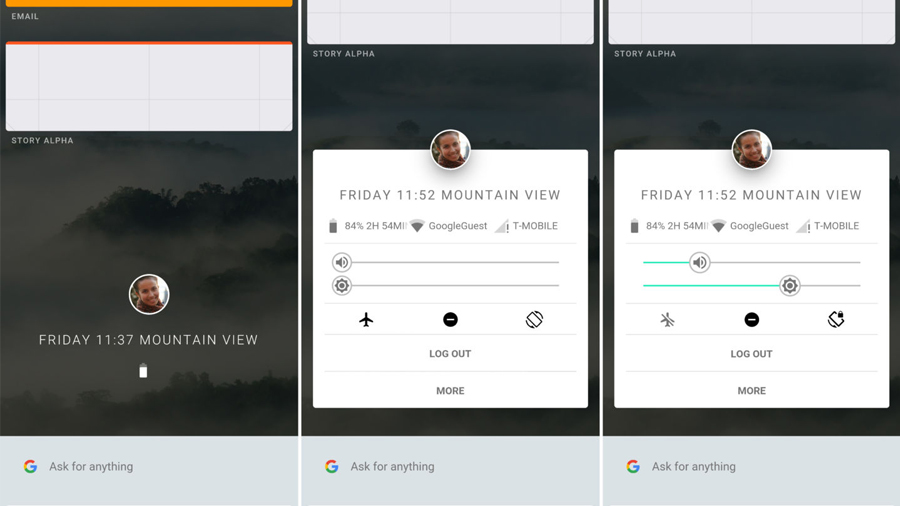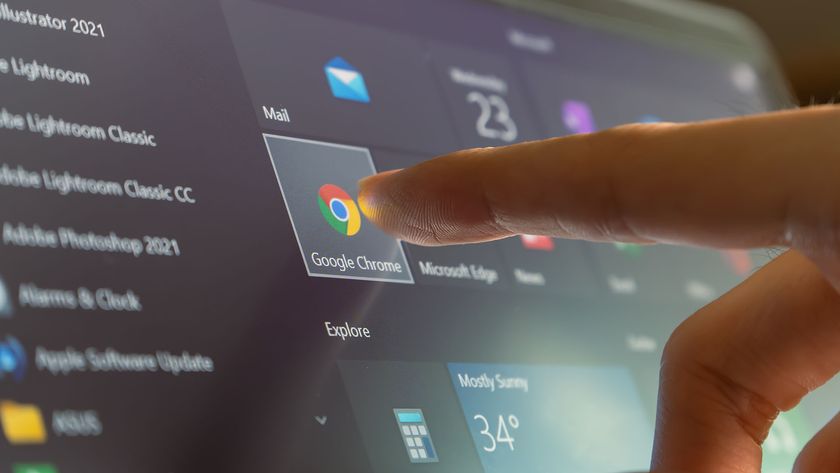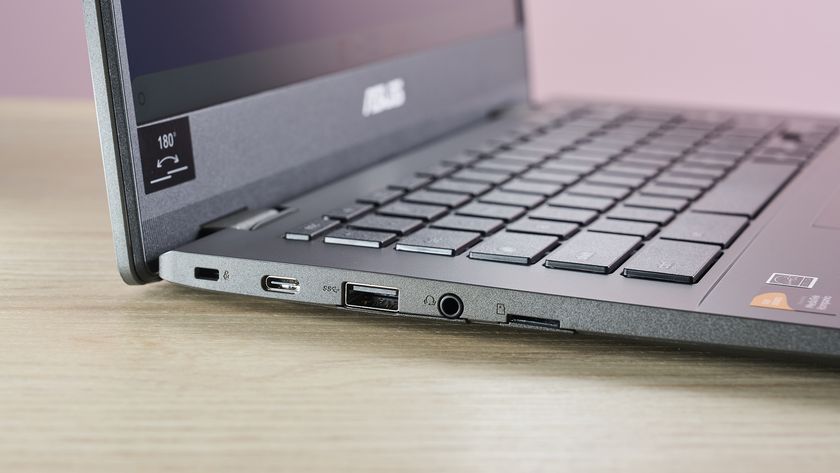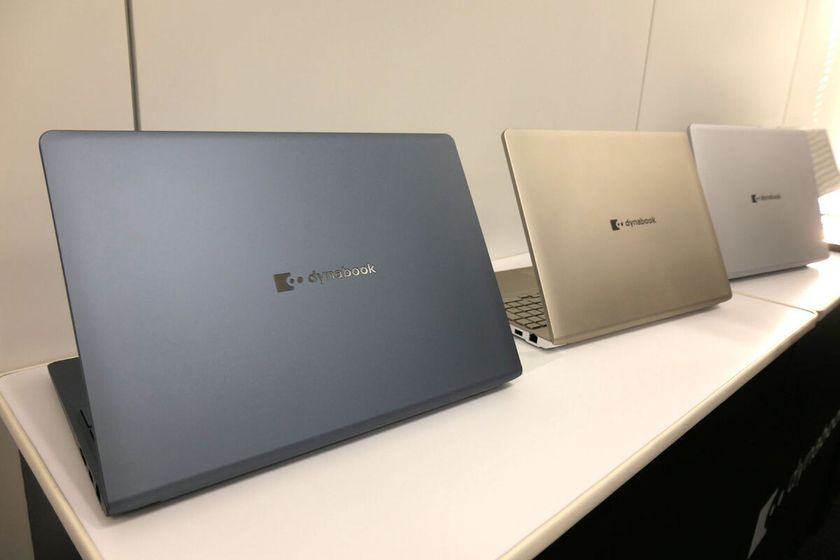Here's what the OS that could replace* Android and Chrome OS looks like
*One day, maybe

Fuchsia, the mysterious new operating system from Google, has taken another step forward, lifting the veil on its user interface.
Screenshots have surfaced showing Fuchsia's UI so far, giving users and programmers alike their first real glance at Google's new OS, as reported by Ars Technica.
Unlike Chrome OS and Android, which are built on Linux kernel, Fuchsia is based on a Google-made microkernel called Magenta. According to Google programmers, Magenta's focus is on "modern phones and modern personal computers with fast processors."
Though it's currently just speculation, it's possible that Fuchsia could be the beginning of a new software standard for Google-made products. The search giant is rumored to be trimming the edges on its operating systems, as seen by it bridging some apps between Android and Chrome OS last year.
As for Fuchsia, the new OS uses a current default system UI called Armadillo to build its layout and manage widgets. You can see how it compares visually to its Google-made kin in the images below:



From first glance, Fuchsia maintains similar notes to Chrome OS and Android, such as clear-cut widgets and a colorful palette for windows on apps and notifications. Also noticeable are entire sections of the interface dedicated to Google's search functions and suggested content.
However, you can get a better idea what sets Fuchsia apart when it's in motion, a such as in the video below, courtesy of Kyle Bradshaw of Hotfix.net:
Get daily insight, inspiration and deals in your inbox
Sign up for breaking news, reviews, opinion, top tech deals, and more.
To be clear, Google hasn't stated any plans to actively replace Android or Chrome OS at this time, nor has it given a timeframe for when we might see its experimental new OS make its way to consumer products (if at all.)
That said, as we near ever closer to the Google IO 2017 conference next week, we might be lucky enough to learn more about what the tech giant has planned for its latest creation. In the meantime, the open-source files are available via GitHub for any crafty coders looking to dive into Fuchsia for themselves.
Top image credit: Ars Technica
- Could Fuchsia replace the recently announced Android O?
Most Popular






